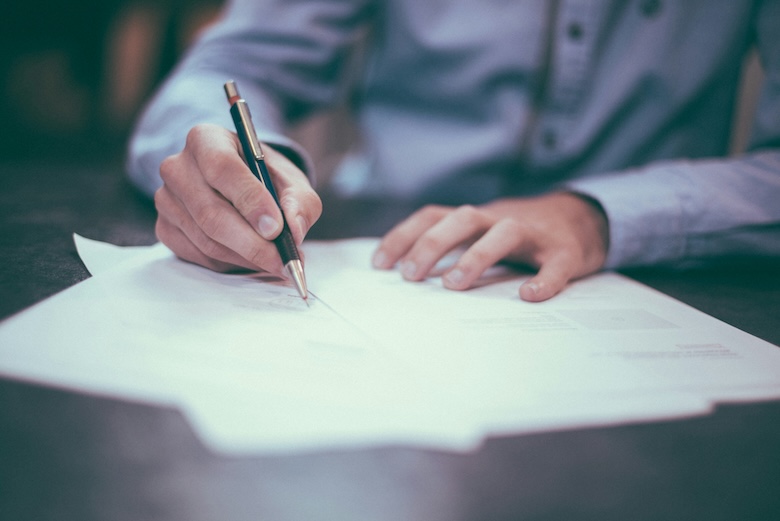
The process of safeguarding AI systems necessitates adherence to several best practices that bolster their reliability and accountability. Here are some pivotal guidelines from a variety of sources:
Standards for Securing Artificial Intelligence (SAI) by ETSI:
- Protection of AI from attack: Safeguard the AI elements within systems.
- Mitigation against AI: Tackle situations where the AI itself poses a problem.
- Utilization of AI to augment security measures: Deploy AI as an integral part of the solution to counter attacks.
- Security and safety in society: Reflect on the wider consequences of utilizing AI.
Guide on AI Security and Privacy by OWASP:
- Analysis of risk: Enterprises should perform comprehensive risk analysis to ascertain the risk level associated with their AI projects.
- Security of data: Guarantee data integrity, confidentiality, and prevent misuse.
Best Practices for Managing AI Security Risk by Microsoft:
- Apply existing software security practices effectively to safeguard AI systems.
Rory Siems, an Expert Consultant on AI Risk:
- Assessment of risk: Carry out a data-centric risk assessment that encompasses evaluation of data risk, risks related to the AI model, and policies and processes linked with machine learning.
- Incorporation of safeguards: Incorporate technical, organizational, and legal measures such as encryption, authentication, monitoring, and incident response into the initial stages of the AI system.
Guidelines for Secure Development of AI Systems by NCSC:
- Offers guidelines for secure development procedures for AI systems.
By adhering to these best practices, organizations can significantly enhance their AI system’s security while efficiently mitigating potential risks.

